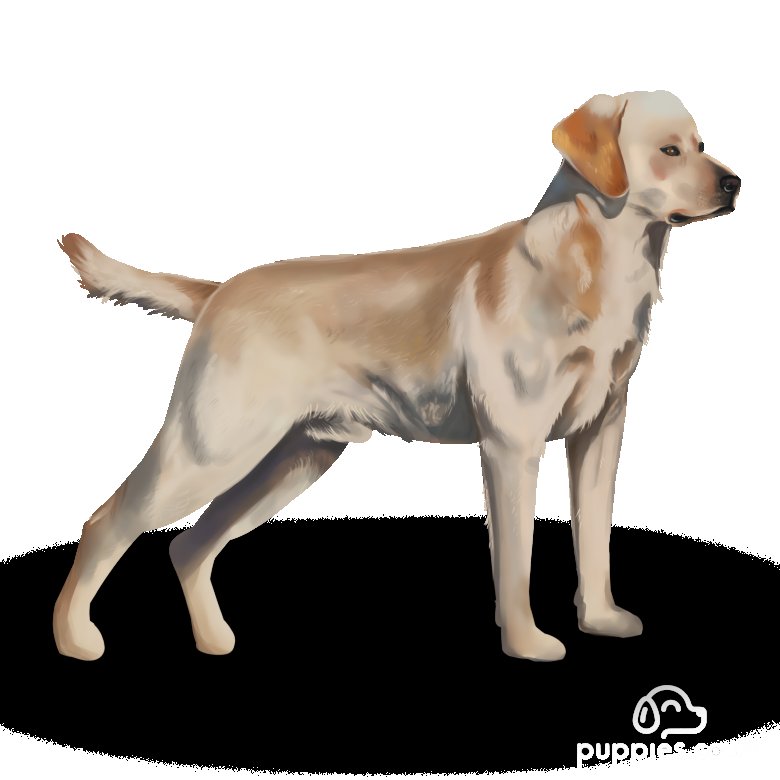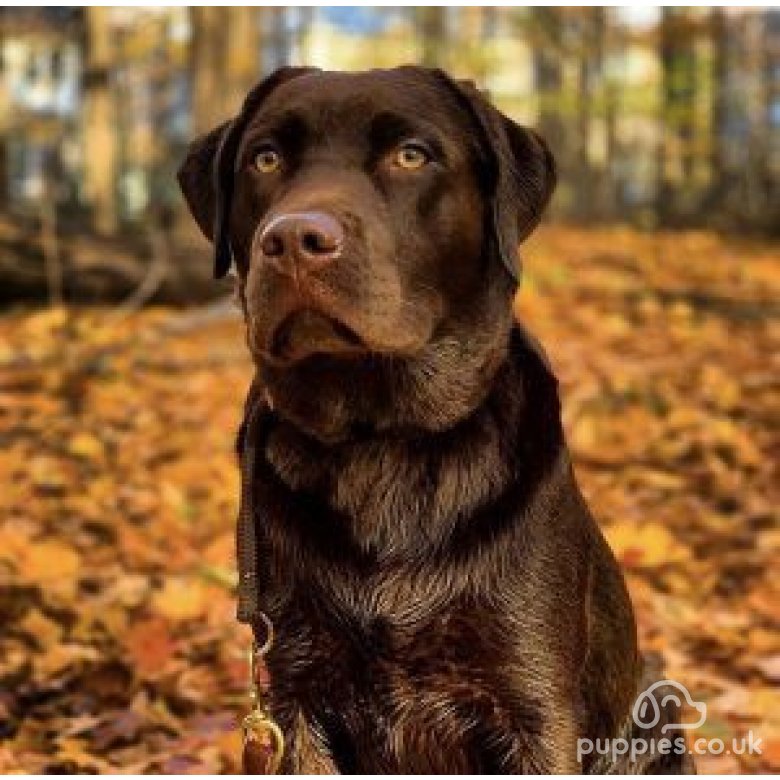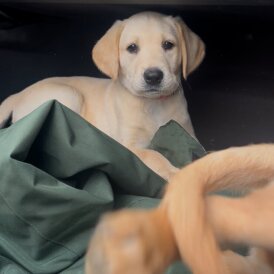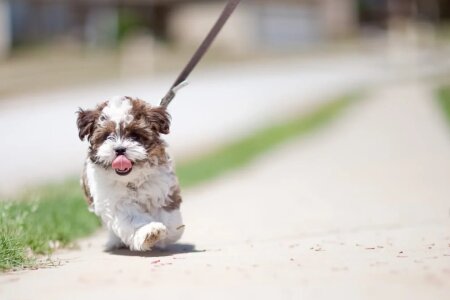Why Labrador Retrievers are great
The Labrador retriever breed is a very popular breed around the world, and the UK. They have very pleasant natures, are hardworking and fantastic around a family. They are very intelligent and therefore easy to train to behave well in a home, or working alongside their owners. Some highlights:
Hard working dogs, the Labrador is very dependable
Amazing in a family environment and love children
Easy to train
Things to consider when looking at Labrador Retrievers for Sale
Some downsides to the Labrador Retriever:
The shed a lot all the way through the year. Yellow labs more than black.
Sometimes can like the sound of their bark a lot, make sure to get on top of this when young.
The need a lot of exercise and play.
History of Labrador Retrievers
There is a place in Canada, called Labrador, which with Newfoundland, are the two most easterly provinces, and situated on the Atlantic Ocean. It is here that the beginning of the Labrador Retriever can be traced to. They were initially bred to retrieve the nets and fish of fishermen around this area, at the beginning of the 1700’s. They were, even at this time, fantastic family pets and would then return home to spend the evening with the fisherman’s family. They are believed to have been created by crossing the St John’s Water Dogs with other smaller breeds, and Mastiff dogs. They are very closely related to the Newfoundland, which is a larger breed with a longer coat. Sometime around the middle of the 1800’s, English men saw the utility of the dogs and began shipping them back to England to be used as retrieving dogs for hunting. The Earl of Malmsbury is often credited with this, and is known as the first person to name the dog the Labrador. The breed was reducing in numbers and almost extinct by the end of the 1800’s in America, but in the UK, good breeding programs allowed the Labrador to flourish. In 1903 the British Kennel Club recognised the breed, and then in 1920’s the American Kennel club the same, as British Labradors began to be imported back into America. Today the Labrador Retriever breed is amongst the most popular in the western world, and are used still as retrievers for hunting, but also in assistance to the handicapped and drug detection mostly.
Appearance
How big is the Labrador Retriever?
Labrador Retriever will stand at 56-61cm tall at the withers.
How heavy is a Labrador Retriever?
Depending on male or female, the Labrador will weigh between 25 and 36KG.
What Colour is the Labrador Retriever?
To be accepted under the Kennel Club registration, they must be: Solid black, solid yellow or solid liver/ chocolate. Some yellow Labradors coats can become a deeper red fox also.
Temperament
Do Labrador Retrievers make good guard dogs?
Labradors are so friendly and love people that they are not great at being guard or watch dogs. A Labrador will bark if they feel their homes or family are being threatened however.
Do Labrador Retrievers bark a lot?
Not excessively and will only really bark when they are playing or threatened.
Are Labrador Retrievers easy to train?
Labradors are fantastic for first time owners. They are easy to train and owners can use food for reward training to encourage good behaviour easily.
Are Labrador Retrievers good with children and other pets?
Labradors are amazing family pets and will automatically love being around children. If they are well socialised from a young age they act well around people of all ages and other animals.
Can I leave a Labrador Retriever Alone?
The Labrador Retriever breed forms very strong bonds with their families. They do not like being on their own for too long, and if you can try to minimise this time. They are working dogs at heart, so are used to 100% of the time being around humans.
Health
How long do Labrador Retrievers live?
Between 10-12 years.
How much exercise does a Labrador Retriever need?
Labradors are energetic dogs, and need good exercise to stay healthy. We recommend 2 hours per day and more if possible. This includes play and mental stimulation, through to running and walking. They have an inbuilt desire to retrieve, so you should try to encourage this and use it as good exercise. As the writer of this blog, I had a Labrador when I was a child. You could hide their toy anywhere in the garden under bushes, or behind trees, and with a simple command, days or weeks later, they would find the toy. The breed is likely to put on weight if you do not watch exercise closely, leading to many health issues.
What are Labrador Retrievers Common health issues?
Obesity is a large problem, and the breed will overeat if the owner allows them too. Eye disorders. Consult your vet, but many hereditary eye problems should be tested for as they are a puppy. Carrying too much weight is the source of most problems, so make sure you are keeping an eye on diet and exercise.
Care
How much space do I need for a Labrador Retriever?
Space is less important for labs than stimulation. They are very very clever, and require socialising with other dogs, and games to play to keep them happy. That being said, it would be unfair on the dog to be kept in an apartment.
How much grooming do Labrador Retrievers need?
They need to be groomed weekly as they have short dense coats. You ideally want to brush them back weekly, bathe them regularly in summer (or after they get all dirty) and look after their nails.
Do Labrador Retrievers shed?
Yes, all the way through the year, getting worse in Spring and Autumn. You will be best to give your Labrador a bath at these times of year, using special shampoo and giving a good blow dry afterwards to get all the dead hair out. Then go through with a slick brush. This often reduces the amount of hair then deposited around the house.
Average costs
How much does it cost to keep a Labrador Retriever?
As a rough guide in pricing: Cost to buy: roughly £400-£1000 for a well-bred Labrador Retriever puppy Other costs: £80-100 per month
Specific Buying Guide
You can read our general buying guide here (/advice-on-buying-a-puppy/), with the most important thing being going to view your Labrador Retriever Puppy, seeing it with its mother, and checking the quality of the breeder. More specifically, here is some Labrador Retriever puppy buying advice:
Yellow Labradors can only be bred when both parents are yellow. If buying a yellow lab, keep this in mind so you can spot any funny business!
Being popular, you will find lots of scams for this breed. Never exchange ANY money before seeing the puppies.
A dam can only produce 4 litters and must be a certain age to do so. Make sure the breeder you use is caring for the welfare of all dogs and puppies.
Other reading, Adopting Labrador Retriever Puppies and Rescue Organisations
A big thank you to the following sources who helped to shape this article:
https://www.labrador-rescue.org.uk/
https://www.thelabradorretrieverclub.com/
https://www.yellowlabclub.co.uk/
https://www.labrescuekent.co.uk/






















